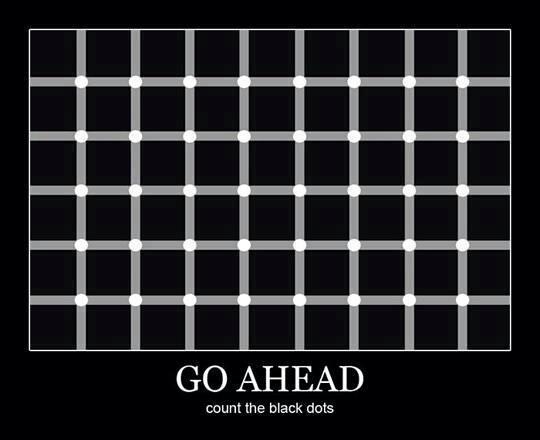Philosophy 210:
For Further Reading
Here are some interesting and fun-to-read books related to a few of the topics discussed in class. None of these is required or expected for the course, but if you are curious about a topic and would like to casually explore it some more, these are some fun places to start.
50 Great Myths of Popular Psychology: Shattering Widespread Misconceptions About Human Behavior, by Scott O. Lilienfeld, et al, (Malden, MA: Blackwell, 2009).
Abducted - How People Come To Believe They Were Kidnapped By Aliens by Susan A. Clancy, (Cambridge, MA: Harvard University Press, 2005).
Believing Bullshit: How Not to Get Sucked into an Intellectual Black Hole by Stephen Law (Amherst, NY: Prometheus Books, 2011).
Brain Bugs: How The Brain's Flaws Shape Our Lives by Dean Buonomano, (New York, NY: W. W. Norton & Co., 2012).
Bullspotting by Loren Collins, (Amherst, NY: Prometheus, 2012).
Crimes Against Logic by Jamie Whyte, (New York, NY: McGraw-Hill, 2005).
The Demon-Haunted World - Science As A Candle In The Dark by Carl Sagan, (New York, NY: Ballantine Books, 1996).
The Improbability Principle: Why Coincidences, Miracles and Rare Events Happen Every Day by David J. Hand, (New York, NY: Scientific American/Farar, Straus and Giroux, 2014).
Innumeracy: Mathematical Illiteracy And Its Consequences by John Allen Paulos, (New York, NY: Hill & Wang, 2001).
Intuition: Its Powers And Perils by David G. Myers, (New Haven, CT: Yale University Press, 2002).
Investigating The Paranormal by Joe Nickell, (New York, NY: Barnes & Noble, 2001).
Irrationality: Why We Don't Think Straight by Stuart Sutherland, (New Brunswick, NJ: Rutgers University Press, 1992).
Lies, Damned Lies and Science by Sherry Seethaler, (Upper Saddle River, NJ: FT Press, 2009).
Looking For A Miracle by Joe Nickell, (Amherst, NY: Prometheus Books, 1993).
Mistakes Were Made (But Not By Me) by Carol Tavris and Elliot Aronson, (Orlando, FL: Harcourt, 2007).
Not A Scientist: How Politicians Mistake, Misrepresent and Utterly Mangle Science by Dave Levitan, (New York, NY: W. W. Norton, 2017).
Paranormality: Why We See What Isn't There by Richard Wiseman (Spin Solutions, 2011).
Quirkology: How We Discover the Big Truths in Small Things by Richard Wiseman, (New York, NY: Basic Books, 2007).
Suspicious Minds: Why We Believe Conspiracy Theories by Rob Brotherton, (New York, NY: Bloomsbury, 2015).
The Theory That Would Not Die: How Bayes' Rule Cracked the Enigma Code, Hunted Down Russian Submarines, and Emerged Triumphant From Two Centuries of Controversy by Sharon Bertsch McGrayne, (New Haven, CT: Yale University Press, 2011).
Thinking Fast and Slow by Daniel Kahneman, (New York, NY: Farrar, Straus and Giroux, 2011).
War On Science, The by Shawn Otto, (Minneapolis, MN: Milkweed Editions, 2016).
Why Do Buses Come In Threes? The Hidden Mathematics Of Everyday Life, by Rob Eastaway and Jeremy Wyndham, (New York, NY: Barnes & Noble, 1998).
Why People Believe Weird Things by Michael Shermer, (New York, NY: MJF Books, 1997).

